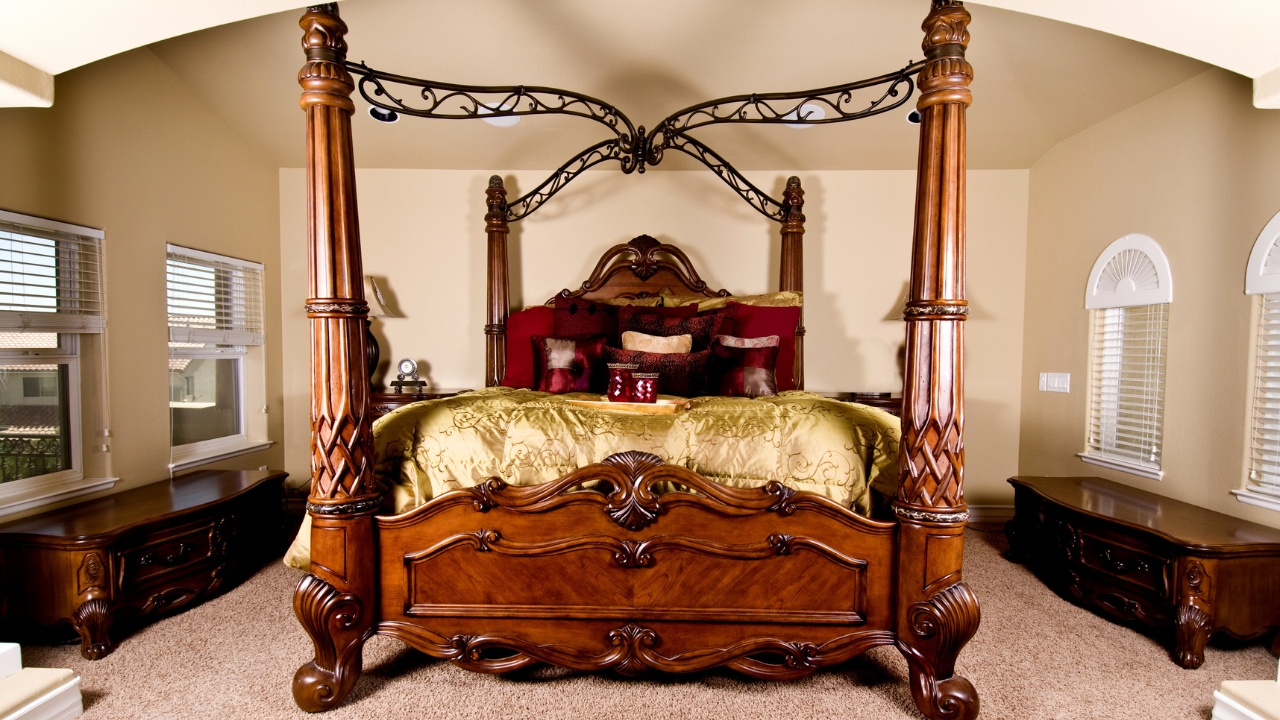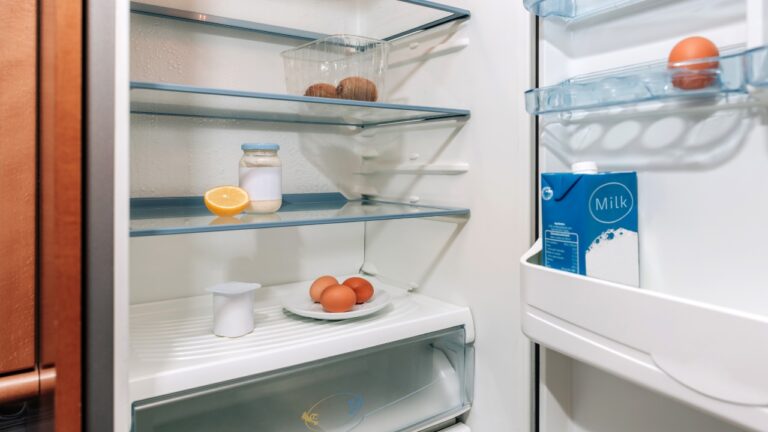10 furniture pieces Our parents thought were timeless
Every generation has a few home staples that seem like they’ll never go out of style. For our parents, these pieces were the definition of “good furniture.” Many of them stuck around for decades, even if today they’re starting to feel dated. Some still hold up, while others live on mostly in memory.
Oak Entertainment Centers
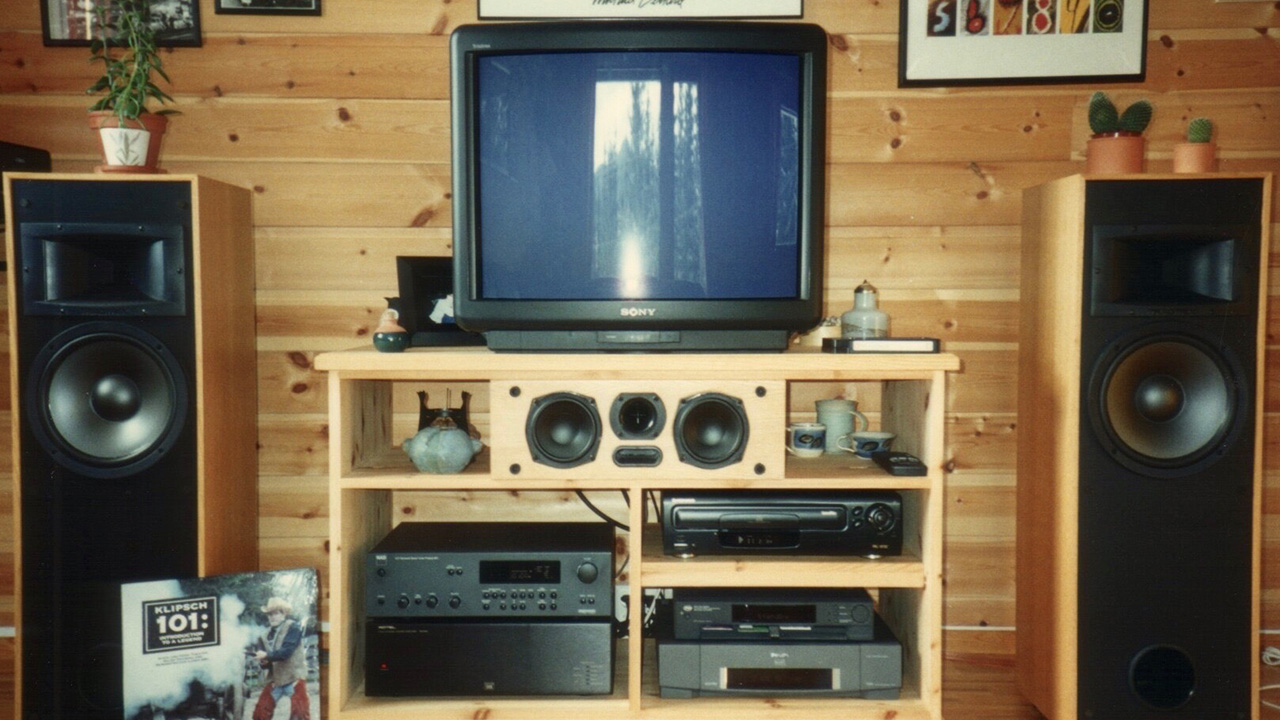
In the ‘80s and ‘90s, oak entertainment centers were the heart of the living room.
They were designed to hold big box TVs, VHS players, and shelves of movies. Parents thought they’d last forever because they were solid wood, often custom-built or bought at furniture stores as an investment. The problem is, they were massive. Once flat screens came along, these heavy units became more of a burden than a necessity.
China Cabinets
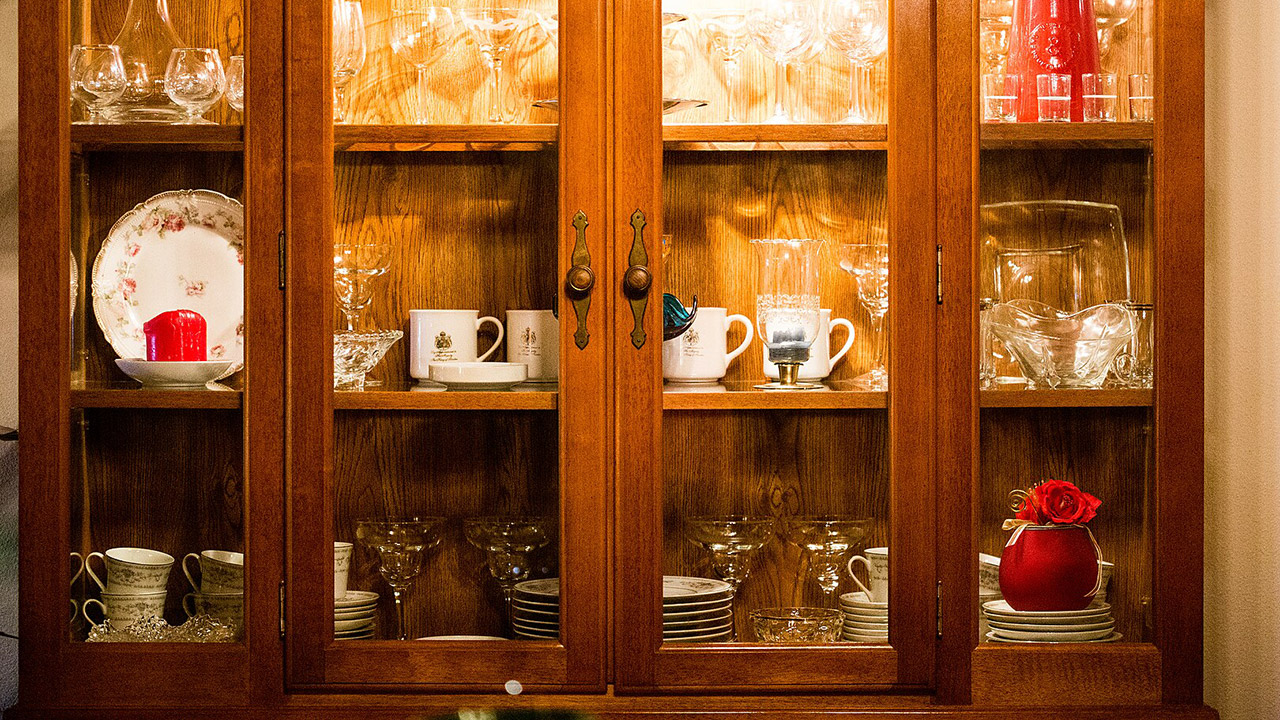
China cabinets were a proud display piece in dining rooms.
Our parents used them to showcase wedding china, crystal, and keepsakes. They were viewed as timeless heirlooms meant to be passed down. While some families still treasure them, younger generations often don’t want the upkeep. Today, open shelving or minimal storage has replaced the formality of china cabinets, but they remain a symbol of tradition.
Reclining Sofas

A recliner built into the couch felt modern and lasting.
These were popular in the ‘90s and 2000s, combining comfort with practicality. Families saw them as a piece that would hold up through years of movie nights and naps. They’re still around today, but often seen as clunky or harder to style in smaller spaces. The appeal of cozy, functional seating hasn’t gone away, but the look has shifted toward slimmer, sleeker options.
Rolltop Desks

Rolltop desks once symbolized craftsmanship and permanence.
Parents often viewed them as heirloom-worthy pieces of furniture. They provided organized storage for bills, papers, and home offices before computers took over. While undeniably sturdy, they’re not nearly as practical now that most paperwork is digital. Still, the detail and quality make them stand out compared to the mass-produced desks of today.
Curio Cabinets
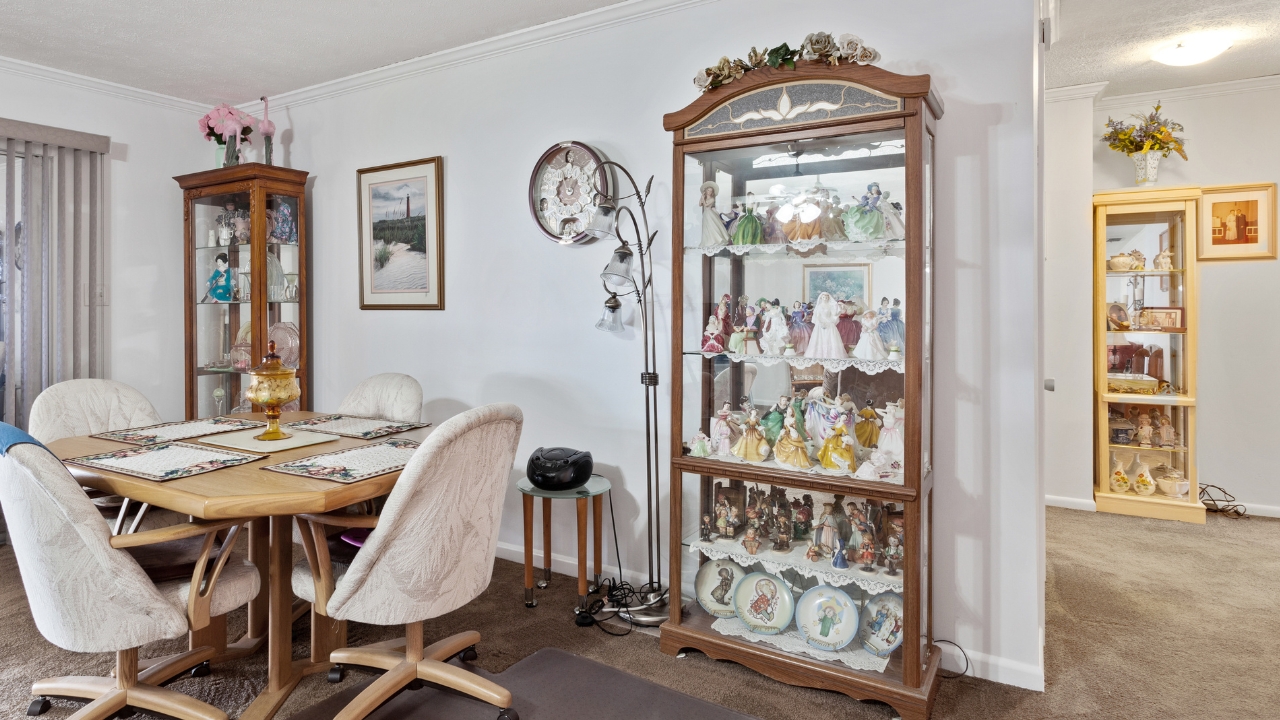
Curio cabinets were another piece parents thought would never lose value.
They held collectibles, knick-knacks, and souvenirs from travels. The glass fronts made them feel fancy, and many households had at least one. While they’ve fallen out of favor with modern minimalism, they reflected a time when displaying memories mattered more than streamlined design.
Waterbeds
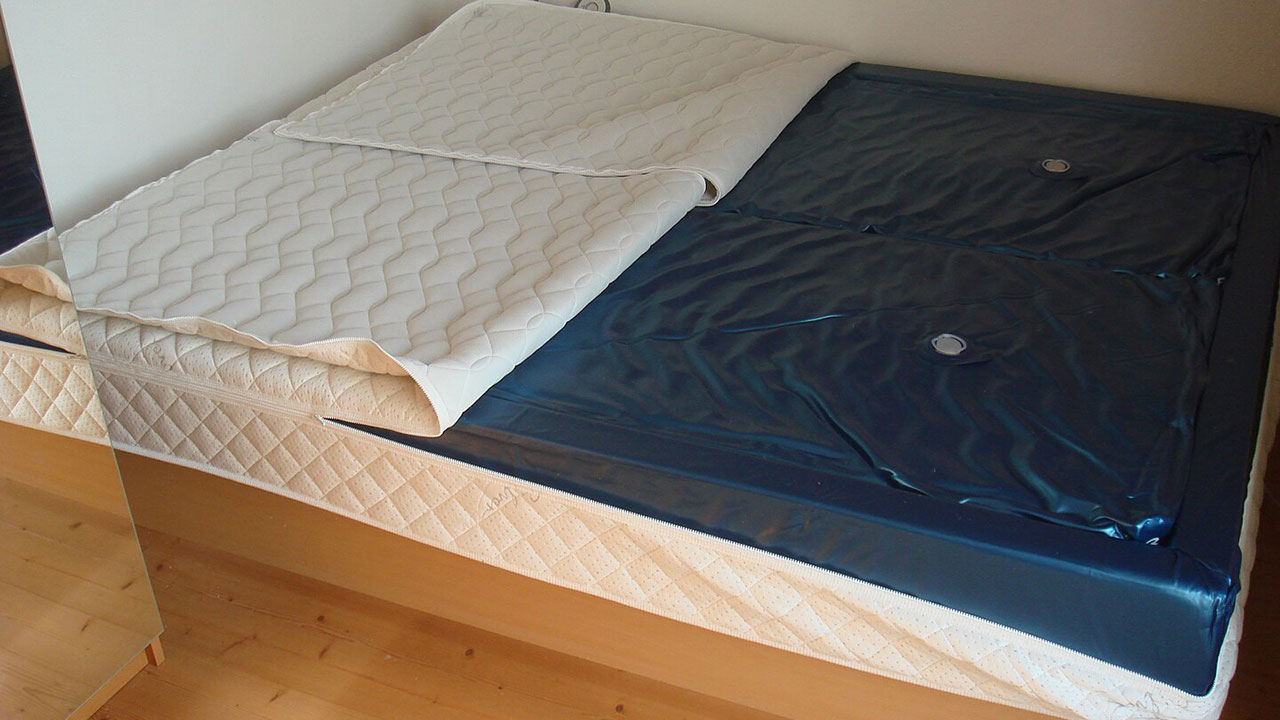
For a while, waterbeds were sold as the future of sleep.
Parents invested in them because they were marketed as healthier for the spine and a “forever” bed frame. The heavy wooden frames often looked substantial, leading people to think they’d never go out of style. Eventually, the hassle of leaks and maintenance outweighed the novelty, leaving most abandoned by the late ‘90s.
Oak Kitchen Tables

Oak dining tables were viewed as indestructible.
Parents bought them with the idea that they’d survive daily family use and still be in good shape decades later. Many of these heavy tables are still around, though they often feel oversized compared to today’s more flexible kitchen setups. Their durability, however, is hard to argue with.
Sectional Sofas
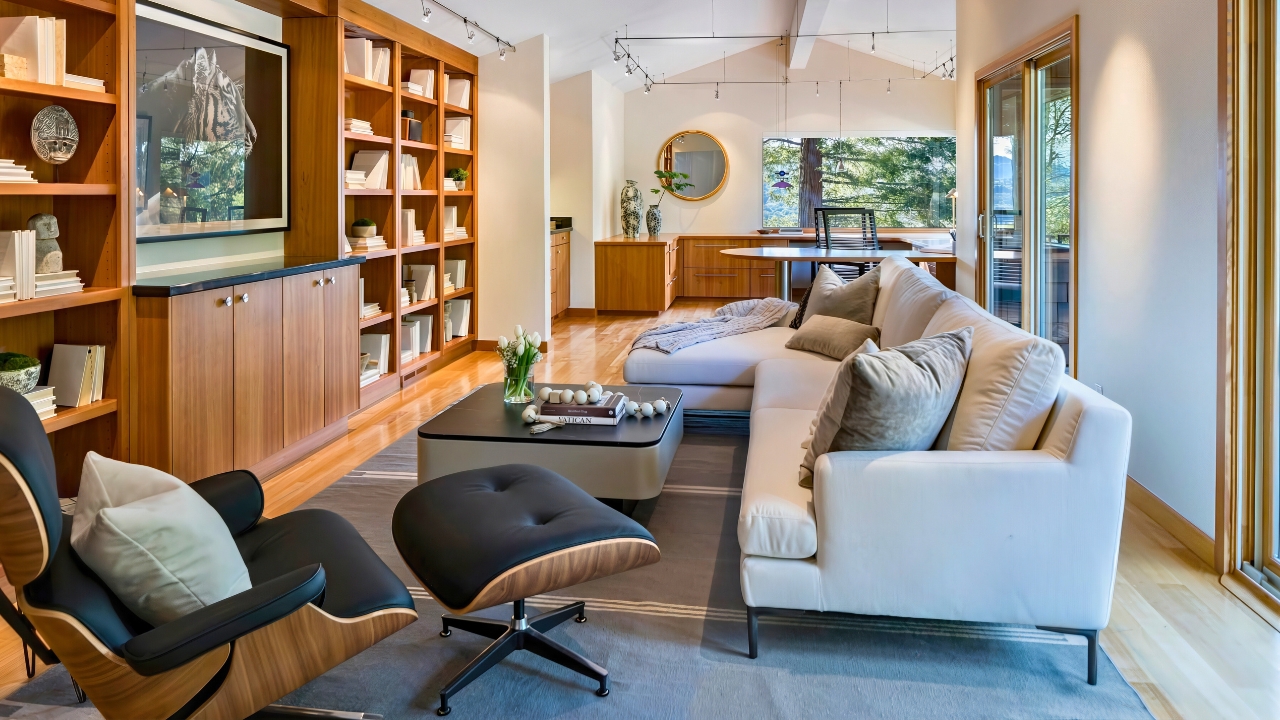
Large sectional couches became a family-room must.
Parents loved them because they could fit everyone for TV nights or gatherings. Many sectionals were built to last and upholstered in fabrics they thought were timeless. While today’s sectionals look very different—lighter, more modern—the concept of one “forever couch” for the family still lingers.
Four-Poster Beds
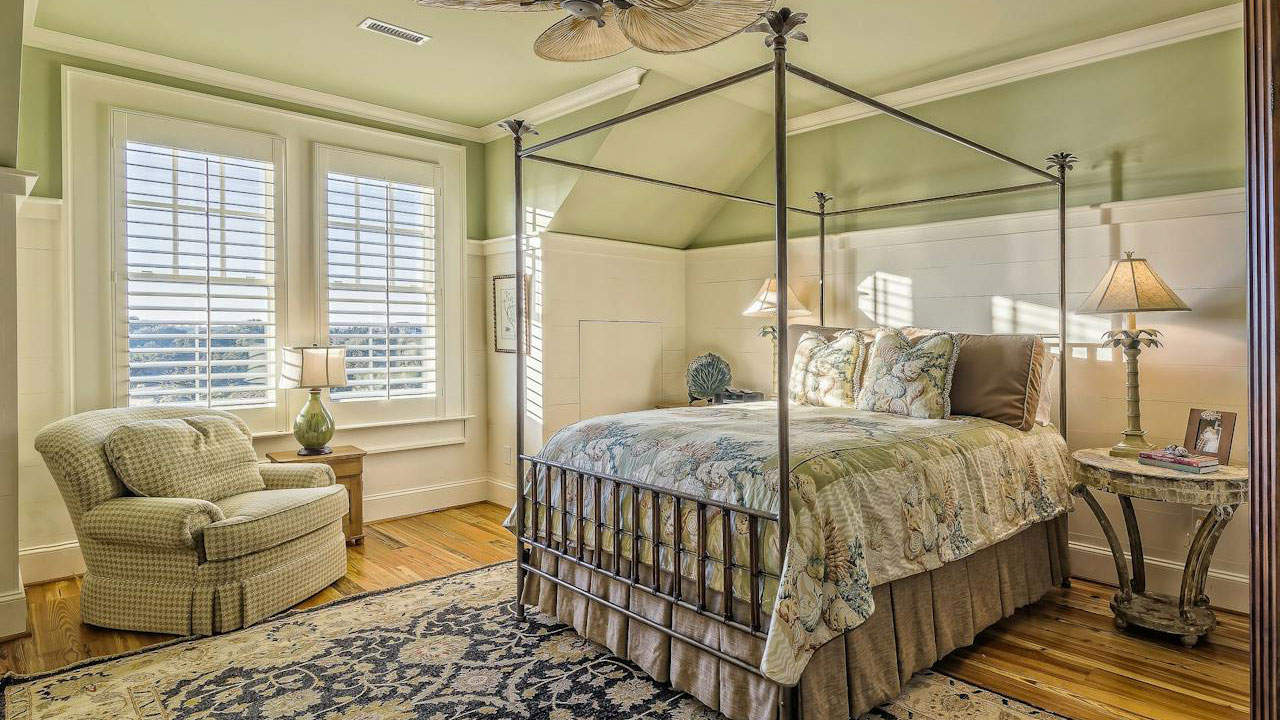
Tall, four-poster beds were once considered timeless luxury.
Parents saw them as a lasting piece of bedroom furniture, often passed down or bought as a wedding gift. They felt formal and established, though now they can overwhelm smaller rooms. The craftsmanship still holds up, but tastes have shifted to more minimal frames.
Cedar Chests

Cedar chests were both practical and sentimental.
They stored blankets, linens, and keepsakes, with the promise that they’d last a lifetime. Parents thought of them as timeless because they were functional and beautifully built. While fewer people buy them today, cedar chests remain one of the few pieces from past generations that truly did stand the test of time.
*This article was developed with AI-powered tools and has been carefully reviewed by our editors.

